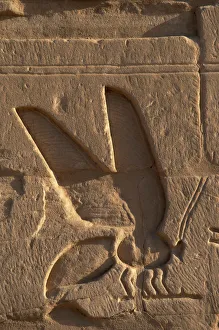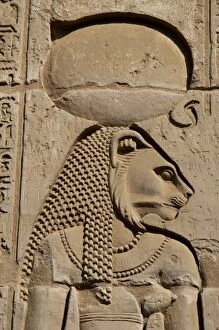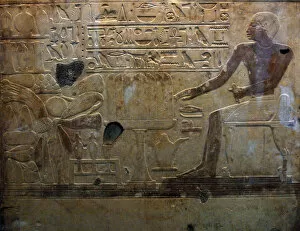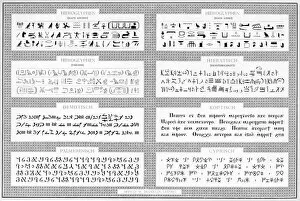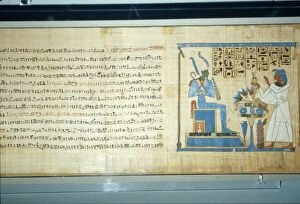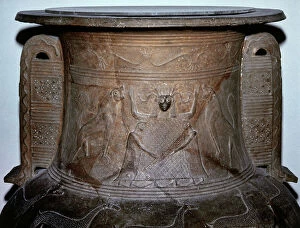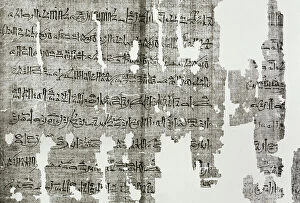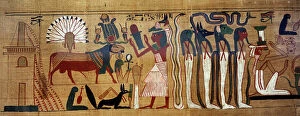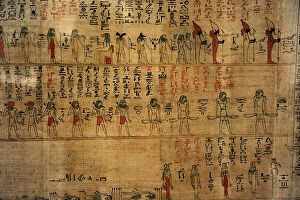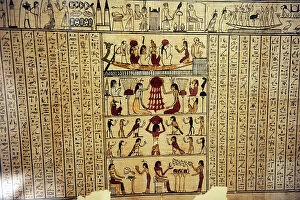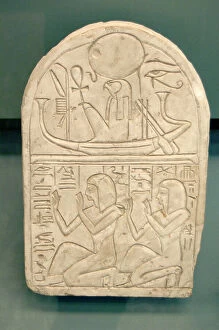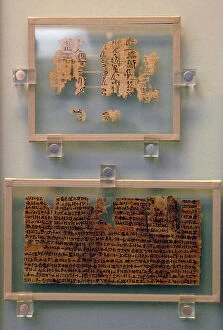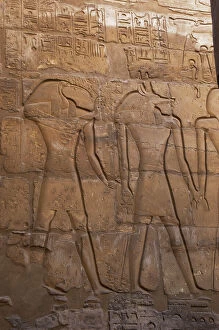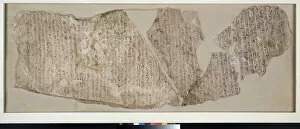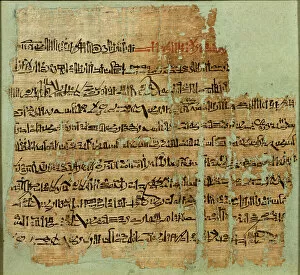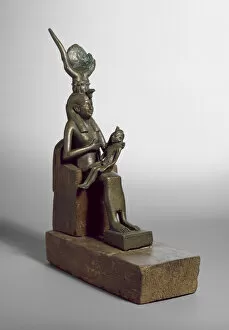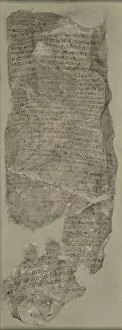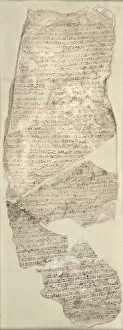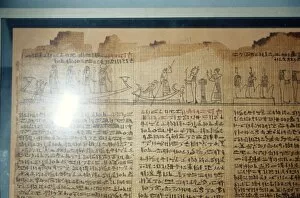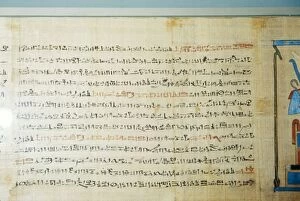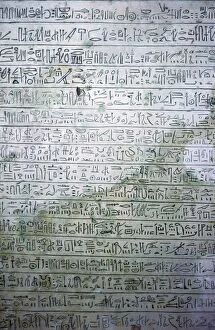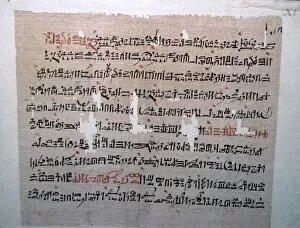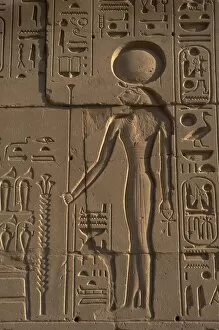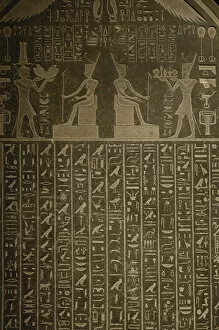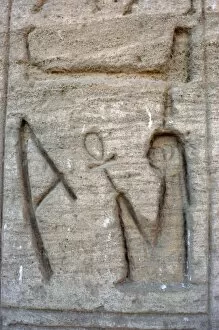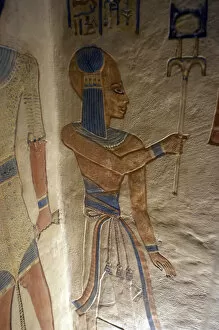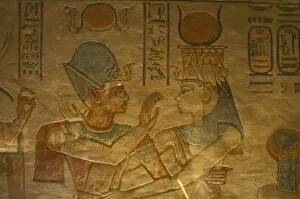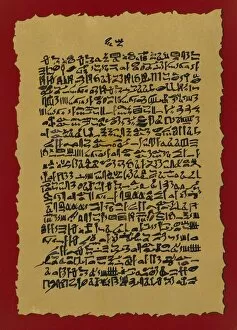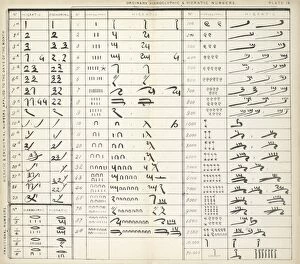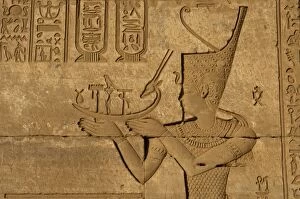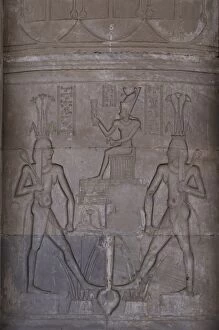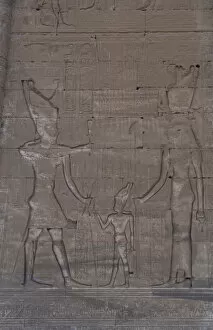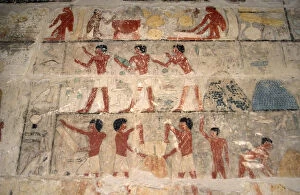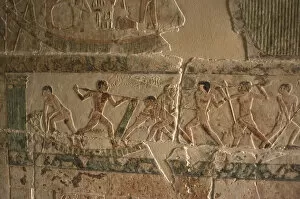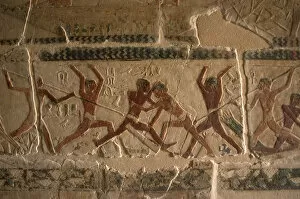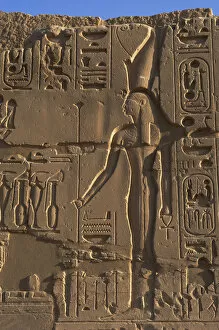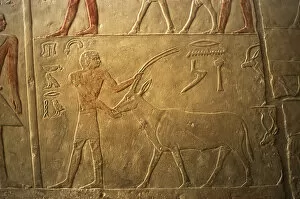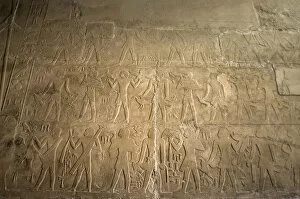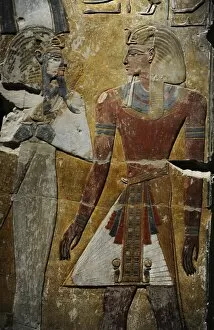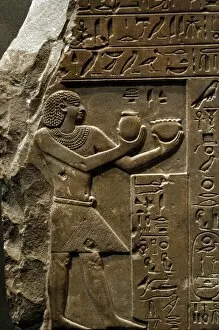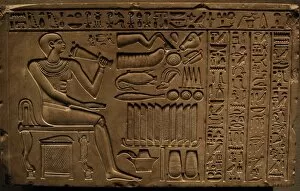Hieratic Collection
"Hieratic: Unveiling the Ancient Egyptian World" Step back in time to the reign of Pharaoh Amenhotep I
For sale as Licensed Images
Choose your image, Select your licence and Download the media
"Hieratic: Unveiling the Ancient Egyptian World" Step back in time to the reign of Pharaoh Amenhotep I, where hieratic script played a vital role in communication and record-keeping. This unique form of writing, derived from Egyptian art and culture, allowed for efficient documentation of daily life. Intriguingly, a relief depicting a bee, symbolizing Lower Egypt, showcases the artistic prowess of this era. The Cycladic relief known as Pithos presents us with an enchanting depiction of Potnia Theron (Mistress of Animals), highlighting the reverence for nature prevalent in ancient times. Hieratic papyrus provides us with glimpses into various aspects of society. From process documents to conspirator death lawsuits, these texts shed light on legal proceedings during that period. Additionally, we delve into Sesech's guide to the afterlife - an invaluable insight into their beliefs surrounding death and what awaited them beyond. The Book of What is in the Netherworld (Amduat) takes us on an otherworldly journey through ancient Egypt's underworld. Dating back to 3rd Century BC during the fourth ancient age, this book offers intricate details about their cosmology and spiritual practices. Unearthed from history's depths is also the Book of Death belonging to Neferini - a beautifully preserved papyrus revealing rituals and prayers performed for her safe passage into eternity. Marvel at steles like that of Itenhab or Wennekhu which provide visual narratives etched onto stone surfaces. These remarkable artifacts transport us directly to 1870BC when they were created – allowing us to witness moments frozen in time. Hieratic script transcends mere words; it serves as a portal connecting modern-day enthusiasts with ancient civilizations' wisdom and knowledge. As we explore these remnants from thousands of years ago, let our curiosity be ignited by hieratic's enigmatic allure – unlocking secrets hidden within the sands of time.


